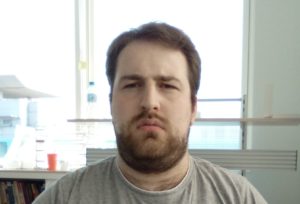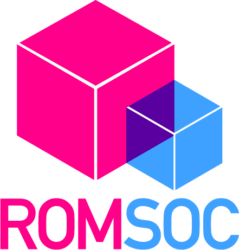Project 3: An Optimal Transportation computational approach of inverse free-form optical surfaces design for extended sources
Project Partners:
INRIA, France
Philips Lighting BV, Netherlands
Project Scientists:
Giorgi Rukhaia
Early Stage Researcher (ESR03)

Jean-David Benamou (INRIA)
Wilbert Ijzerman (Philips Lighting)
Gilles Vissenberg (Philips Lighting)
Project Description
In illumination optics free-form optical designs are now frequently used. To design these optical components Optimal Transport (OT) based methods are becoming more and more popular. But in these methods it is assumed that the source has an infinitesimal size, which is not realistic and is solved in practice with tedious iterative methods.
Significant progress has been recently achieved on the numerical resolution of OT problems. Free-form (FF) Reflectors for idealized collimated source of illumination can be computed rapidly with resolutions of millions of points. More realistic point source and extended illumination resolution, which are important for applications, are still open as the available OT solvers are unable to deal efficiently with the more complicated structure of these problems. It is well known that these more complicated problems can be relaxed into huge linear program. A numerical approach called Sinkhorn iterations and popularized recently by Cuturi for OT relies on the “entropic” regularization of these linear program and alternate projection solver. Using GPU parallelization this again allows to solve regularized OT problems with millions of points.Within the research project the following objectives will be addressed:
– the development of numerical algorithms for the finite source OT problem
– the evaluation of the Sinkhorn iterations method
– the implementation of the algorithms on GPUWe expect that the research results in new methods to iteratively move from a point source to an extended source efficiently together with error estimations on the achieved target distribution compared to the desired target distribution. All obtained results will be verified with available commercial software tools.


